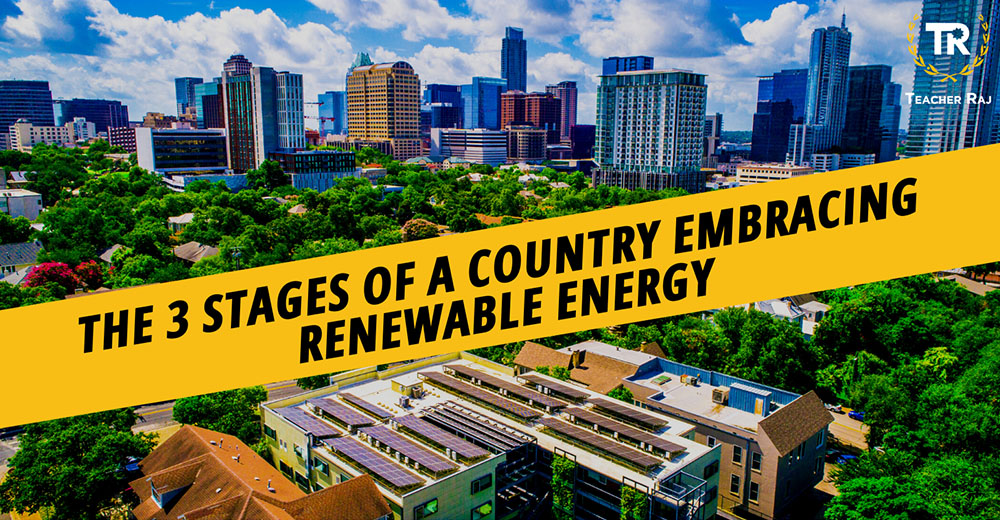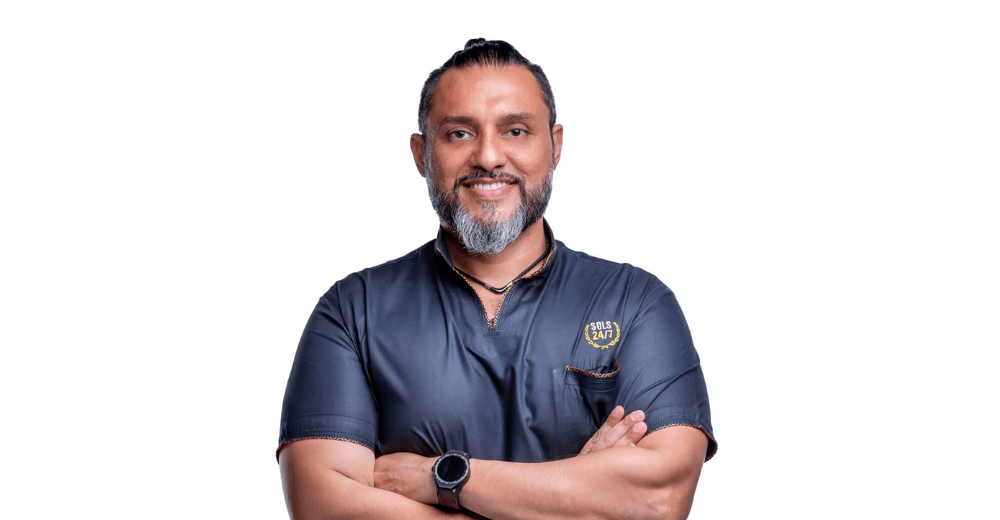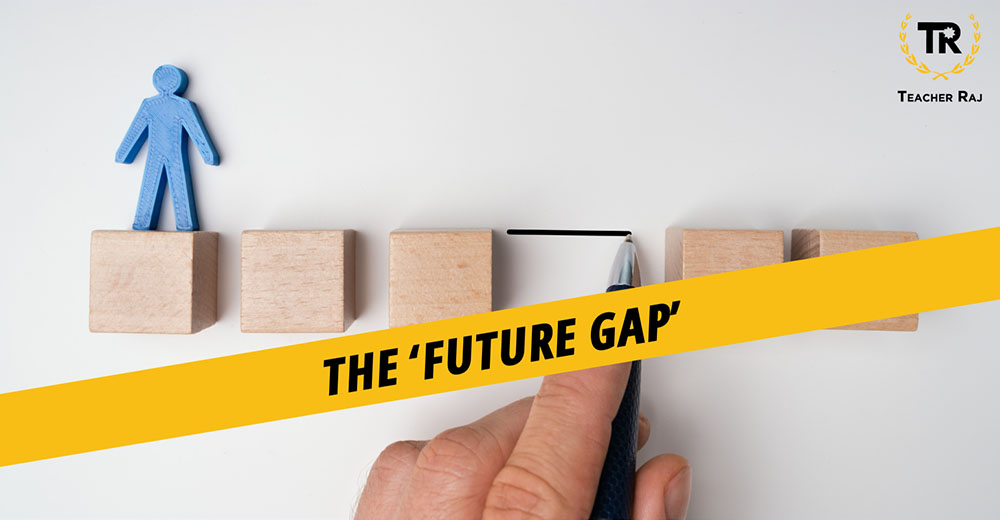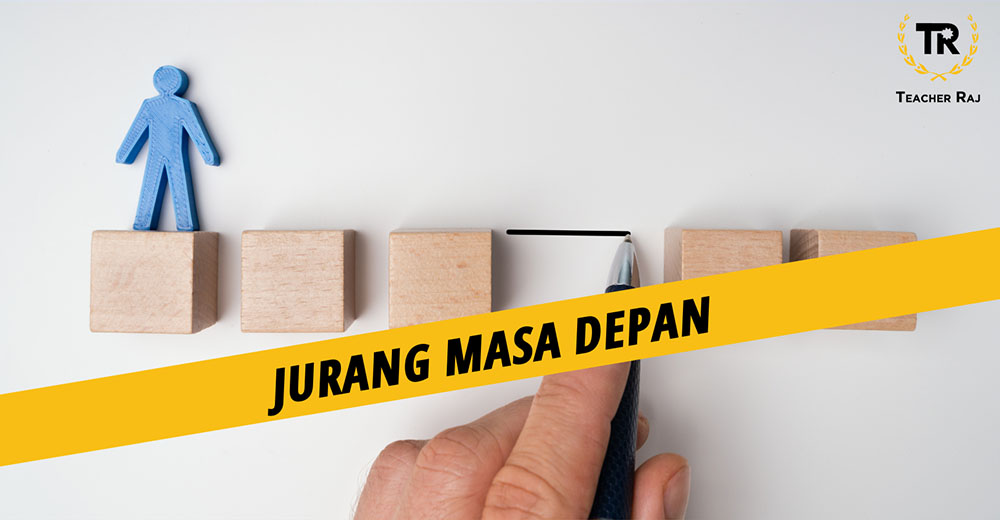Energiewende. Energy turning point.
A word that packs in so much, and with a punch.
We are living in dire times where climate change, pollution and emissions are concerned. But we are also living in exciting times, as we see an unprecedented push for renewable energy and rapid progress in renewable energy technology. It is truly a turning point.
We are witnessing decarbonisation of power consumption, as nations move towards net zero and are achieving targets that were set out. Of course, there are an array of reasons that have propelled the transition to renewable energy, which do not include ‘saving the earth.’
While that is a noble intention, there are more practical motives behind it. Low-carbon technologies enable competitive energy solutions. They also enable resilience. Fossil fuels are fickle – and those who are dependent on it are subject to its whims and fancies. It is volatile, and this means less stability and constancy, and this will ripple through the economic sectors. We can see this with the Russia-Ukraine conflict, which has caused oil and gas prices to soar in its wake. In the economic crisis-hit Sri Lanka, people are unable to afford gas, and supply is not forthcoming. This is affecting all areas of life, including the ability to cook meals.
Renewable energy, however, is spared of such unpredictability – except maybe on cloudy or still, windless days. Stability means economic sectors that are better protected.
We are also seeing the decentralisation of power production. With renewable energy such as solar PV, consumers are no longer bound to national power suppliers. They could even generate excess energy and sell it to their neighbours.
This is putting power back into the hands of the people. And this is key to the transition as a whole.
The article outlines 3 stages a country goes through as it transitions to renewable energy. In Energiewende 2.0, the second stage, countries will have to struggle through the shift, balancing the output and ensuring that supply is adequate.
What is striking is the 3rd stage, which no country has been in yet. It poses the key questions “Who will bear the cost of expensive high-voltage transmission infrastructure if decentralisation means most supply is organized on a local or individual level?” and “How can the country adapt or ensure the co-existence of both a central network and decentralized solutions?”
This is something we need to anticipate and prepare for if we are truly serious about embracing renewable energy.







